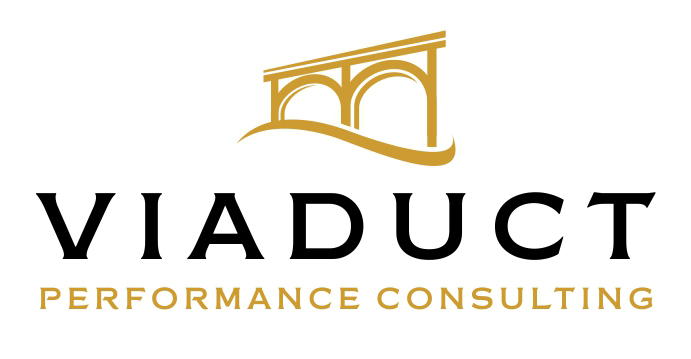Make Mine a Cheeseburger!
Hungry?
I’m a terrible order taker. Food or otherwise. As an example, a few years back a client requested that I submit a proposal to deliver an executive presence workshop for his team. He had done some homework and generously provided a course outline pulled from a reputable training provider’s course catalogue as a means of articulating his requirements. It was urgent that I get the proposal over to him for review and financial approval. His message was, “This is what I need….how soon can we schedule the workshop?”
At this point in the conversation I put on my Performance Consultant hat and attempted to slow the dialog down. I asked three questions:
What is the business opportunity you are seeking to address?
Why this opportunity and why now?
Tell me how things will be different when the opportunity is addressed?
When asked why these questions were relevant, I offered:
“I’m not convinced the training you’ve requested will achieve your desired business results. If the workshop doesn’t meet your business needs, it won’t be a good investment on either of our parts. It sounds to me like you believe your team can benefit from some help with executive presence. Can we start there?”
Performance consulting is an approach that produces business results by improving the performance of people in an organization. The process is focused on the opportunities that exist between intended business objectives and observed performance results. These opportunities come in the form of skill and capability development, process optimization, structural improvements to organizations, lasting behavior change and enhanced team dynamics, to name a few. The performance consultant seeks to help clients to identify, prioritize and match appropriate actions to exploit each opportunity and achieve higher levels of business results.
The process I follow has four steps:
Diagnose: Assess the gaps between desired and actual business results. Identify and prioritize opportunities for performance improvement.
Propose: Develop a proposed list of actions designed to exploit the identified performance improvement opportunities.
Implement: Execute the proposed actions as discrete or integrated efforts using disciplined project and change management practices.
Evaluate: Identify and measure the extent to which the implemented actions yielded desired business results.
The best Performance Consultants will:
make the effort to learn about and demonstrate an understanding of the business
leverage sound consulting practices, widely adopted performance models, and diagnostic tools
enable clients to focus on activities most likely to yield desired business results
be transparent and share feedback that may be tough to hear
measure the sustained results of implemented actions
I’ve successfully leveraged this performance consulting process for the past 20 years. Yes, it takes time and sometimes it’s easier to “take the order.” Experience, however, tells me that when the process is cut short, so too are the odds of achieving desired business results. Think twice about engaging with consultants all too willing to take your order.
Besides, isn’t filet mignon more satisfying than a cheeseburger?
If you are interested in experiencing a thoughtful and measured approach to better understanding and pursuing opportunities for your organization or team to achieve higher levels of performance, click here.
_____________
Matt Swayhoover is the founder of Viaduct Performance Consulting, a Northern Virginia-based business focused on helping individuals, teams and organization bridge the gap between potential and business results. As principal performance consultant, Matt collaborates with clients to identify and courageously address the obstacles that constrain high performance.
Learn more at www.viaductperformance.com
Photo by Valeria Boltneva from Pexels



